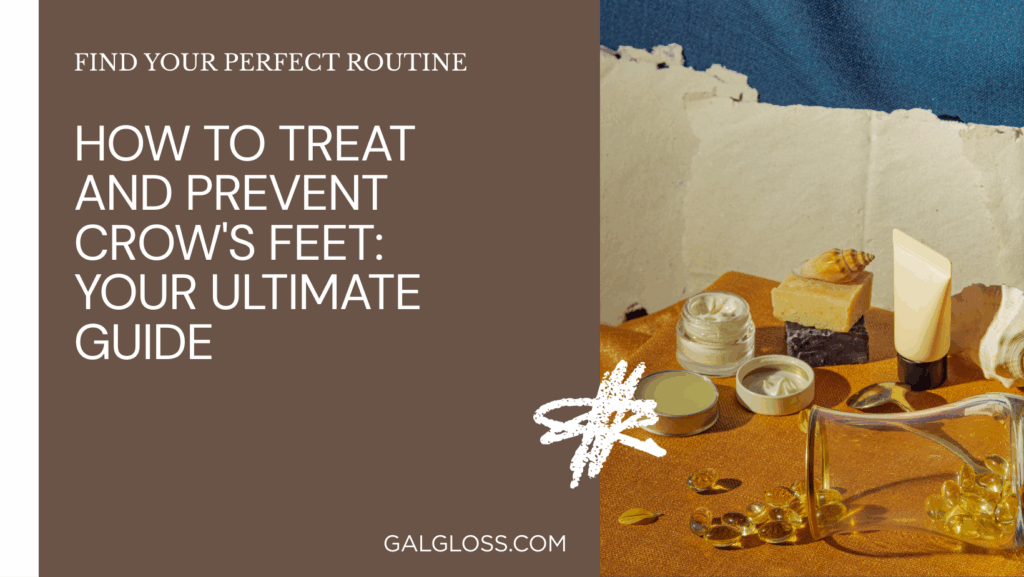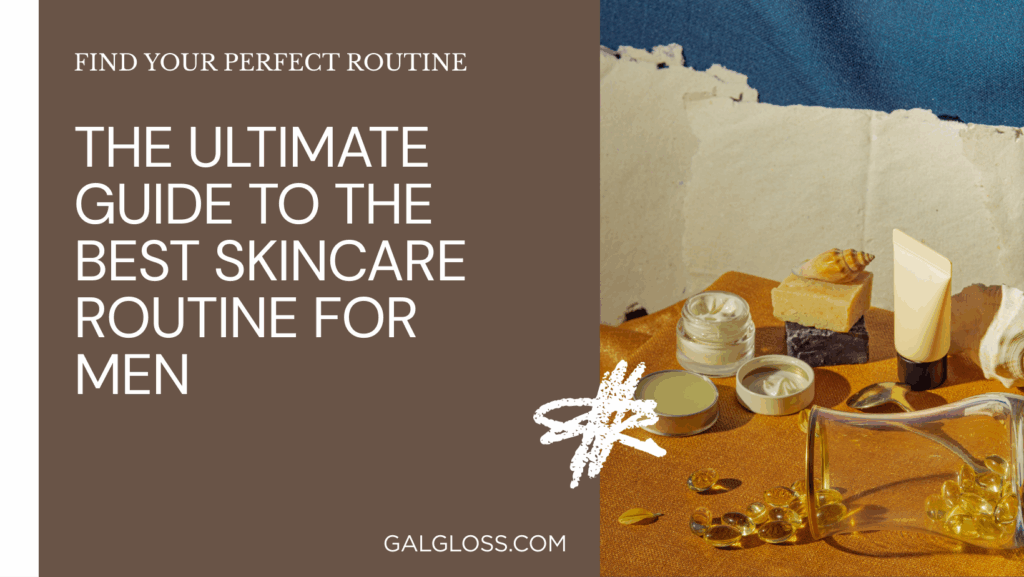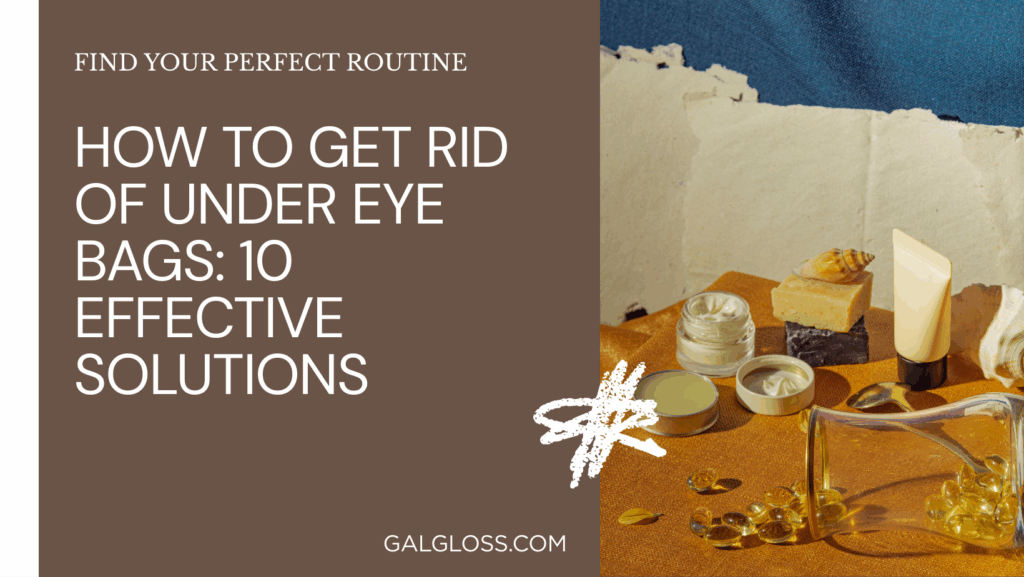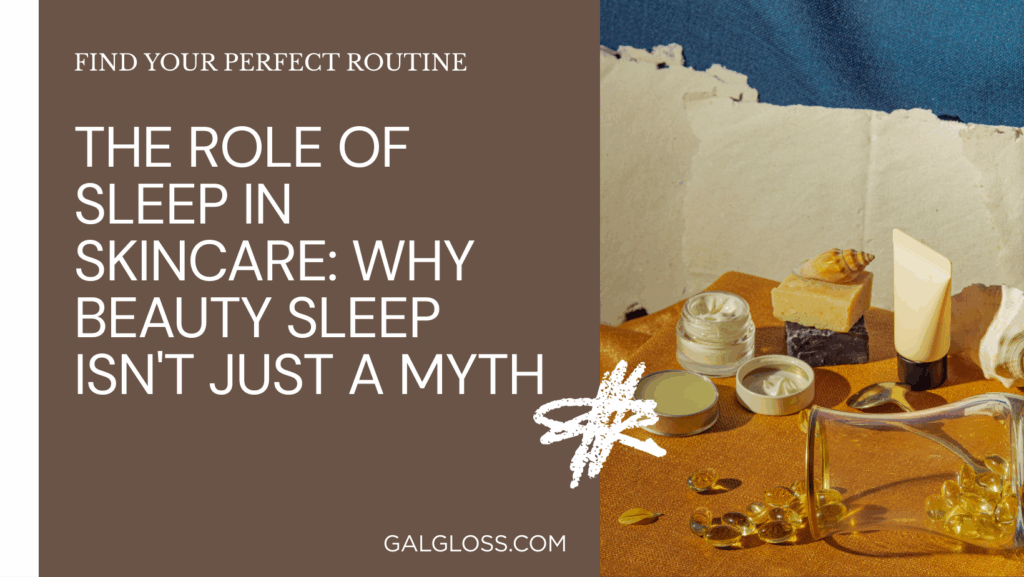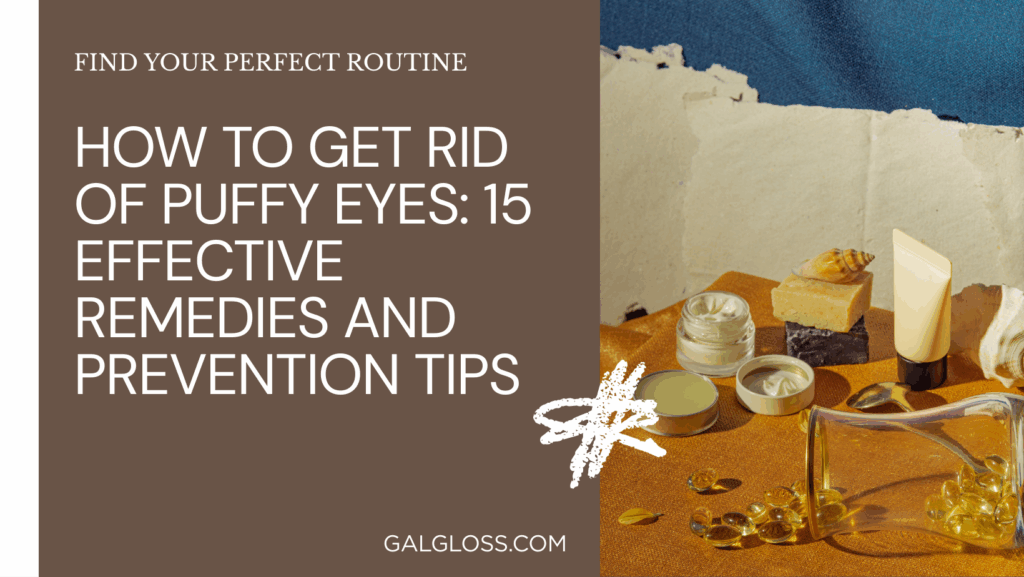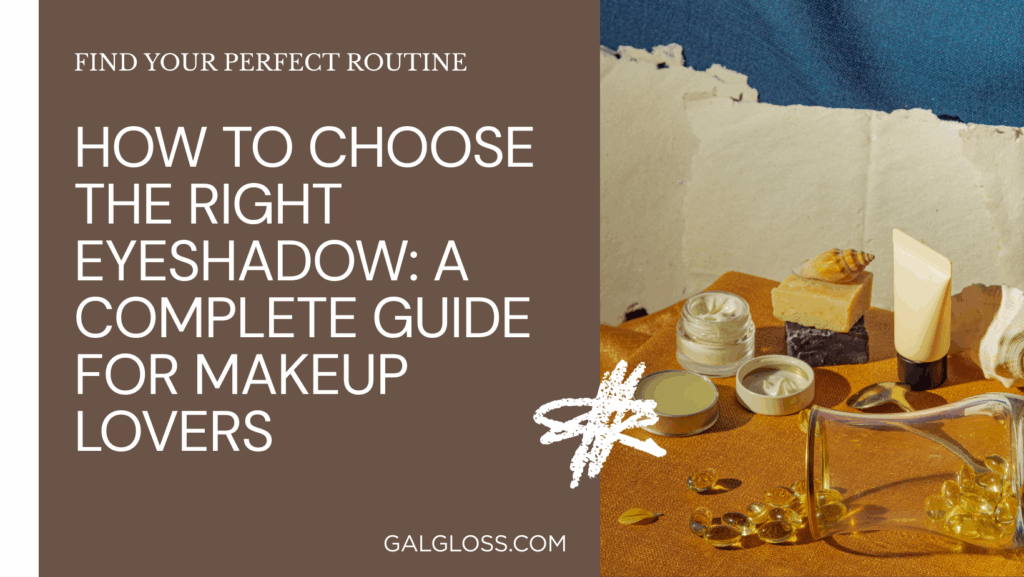Ever caught yourself squinting at the mirror, wondering if that new crease under your eye appeared overnight? You’re not alone! The quest for the perfect eye cream is like searching for a needle in a haystack. But don’t worry, I’ve got your back.
Let’s face it: our peepers deserve some TLC. They’re the windows to our soul, after all! But with so many eye creams out there, how do you pick the right one? It’s enough to make your head spin faster than a teacup ride at Disneyland.
Here’s the scoop: choosing the right eye cream isn’t rocket science. It’s about understanding your unique needs and knowing what to look for. Whether you’re battling dark circles that make you look like a sleep-deprived panda or fine lines that seem to multiply like rabbits, there’s an eye cream out there with your name on it.
Understanding Your Eye Area
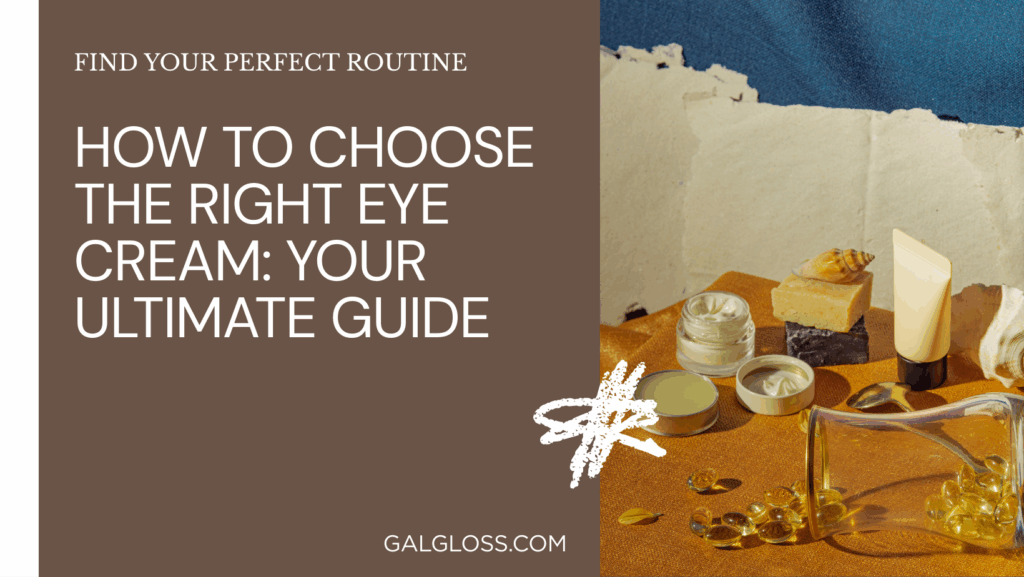
Before we dive into the nitty-gritty of eye creams, let’s talk about why your eye area needs special attention. The skin around your eyes is thinner than the rest of your face – we’re talking tissue-paper thin! It’s also got fewer oil glands, which means it’s more prone to dryness and showing signs of aging.
Think of your eye area as the delicate china in your skincare collection. It needs gentle handling and extra care. That’s why slathering on your regular face moisturizer just won’t cut it. Your eye area needs products specifically formulated for its unique needs.
Key Ingredients to Look For
Now, let’s talk ingredients. The right ingredients can make your eye cream work harder than a bee in a flower garden. Here are some superhero ingredients to keep an eye out for:
- Hyaluronic Acid: This hydration heavyweight can hold up to 1000 times its weight in water. It’s like a tall drink of water for your thirsty under-eye area.
- Retinol: The anti-aging all-star. It helps boost collagen production and cell turnover, making fine lines and wrinkles less noticeable.
- Vitamin C: A brightening powerhouse that can help fade dark circles and even out skin tone.
- Peptides: These protein building blocks help firm and tighten the skin, giving saggy areas a lift.
- Caffeine: Not just for your morning cup of joe! In eye creams, it can help reduce puffiness and improve circulation.
Identifying Your Specific Eye Concerns
Choosing the right eye cream is like picking out the perfect pair of jeans – it’s all about addressing your specific needs. Let’s break down common eye concerns and what to look for:
Dark Circles
If you’ve got dark circles that make you look like you’ve gone ten rounds with Mike Tyson, look for eye creams with:
- Vitamin K to help with blood circulation
- Kojic acid for lightening pigmentation
- Caffeine to constrict blood vessels
Puffiness
For eyes puffier than a blowfish, seek out:
- Caffeine to reduce fluid retention
- Green tea extract for its anti-inflammatory properties
- Cucumber extract to soothe and cool
Fine Lines and Wrinkles
To smooth out those pesky crow’s feet:
- Retinol to boost collagen production
- Peptides to firm and tighten
- Antioxidants like vitamins C and E to fight free radical damage
Dryness
For skin drier than the Sahara:
- Hyaluronic acid for intense hydration
- Ceramides to lock in moisture
- Glycerin to attract and retain water
How to Choose Based on Skin Type
Just like your face, your eye area has a skin type. Here’s how to choose based on yours:
- Oily Skin: Go for lightweight, gel-based formulas that won’t clog pores.
- Dry Skin: Look for rich, creamy textures with hydrating ingredients.
- Sensitive Skin: Opt for fragrance-free, hypoallergenic formulas with soothing ingredients.
- Combination Skin: Try a medium-weight cream that balances hydration without being too heavy.
Texture and Formulation
Eye creams come in more varieties than ice cream flavors at your local parlor. Here’s a quick rundown:
- Creams: Rich and nourishing, great for dry or mature skin.
- Gels: Lightweight and cooling, perfect for oily skin or reducing puffiness.
- Serums: Packed with concentrated active ingredients, ideal for targeting specific concerns.
- Oils: Deeply moisturizing, best for very dry or mature skin.
Application Tips
Applying eye cream isn’t rocket science, but there are some tricks to get the most bang for your buck:
- Use about a pea-sized amount for both eyes. More isn’t always better!
- Apply with your ring finger – it’s the weakest, so you’ll use the gentlest pressure.
- Pat, don’t rub. Imagine you’re gently tapping a keyboard, not kneading dough.
- Apply in a semicircle from the inner corner of your eye to your temple.
- Use morning and night for best results.
Common Mistakes to Avoid
Even skincare pros can make mistakes. Here are some eye cream faux pas to steer clear of:
- Using too much product: This can lead to milia (those tiny white bumps).
- Applying too close to the eye: Keep it on the orbital bone to avoid irritation.
- Neglecting sunscreen: The eye area needs sun protection too!
- Expecting overnight miracles: Good things come to those who wait (and consistently apply).
Top Eye Creams for Different Concerns
While I can’t recommend specific brands, here are the types of eye creams that work best for different concerns:
- For dark circles: Look for eye creams with vitamin C, kojic acid, or niacinamide.
- For puffiness: Seek out cooling gel formulas with caffeine or green tea.
- For anti-aging: Retinol-based creams or those with peptides and antioxidants are your best bet.
DIY Eye Care Tips
While a good eye cream is worth its weight in gold, there are some at-home tricks to complement your eye care routine:
- Cold tea bags: The caffeine and tannins can help reduce puffiness and dark circles.
- Cucumber slices: They’re cooling and contain antioxidants to soothe the eye area.
- Adequate sleep: Aim for 7-9 hours a night. Your eyes will thank you!
- Stay hydrated: Drinking enough water helps reduce fluid retention and puffiness.
- Gentle massage: Use your ring fingers to gently massage the eye area, improving circulation.
When to See a Dermatologist
Sometimes, your eye concerns might need more than just a great cream. Consider seeing a dermatologist if:
- Your eye area is consistently irritated or inflamed
- You’ve tried multiple eye creams with no improvement
- You notice sudden changes in the appearance of your eye area
- You’re considering more intensive treatments like fillers or Botox
A dermatologist can provide personalized advice and treatments tailored to your specific needs.
The Bottom Line
Choosing the right eye cream doesn’t have to be a shot in the dark. By understanding your specific concerns, skin type, and key ingredients, you can find an eye cream that’ll make your peepers pop and your confidence soar.
Remember, consistency is key. Even the best eye cream won’t work miracles overnight. Use it regularly, be patient, and you’ll likely start seeing results in 4-6 weeks.
And hey, don’t forget the most important thing – those eyes of yours are beautiful, with or without cream. Eye care is about enhancing your natural beauty and taking care of your skin health. So go ahead, give your eyes the love they deserve!
Now that you’re armed with this eye-opening knowledge (pun intended), you’re ready to navigate the world of eye creams like a pro. So go forth, choose wisely, and let your eyes shine!
